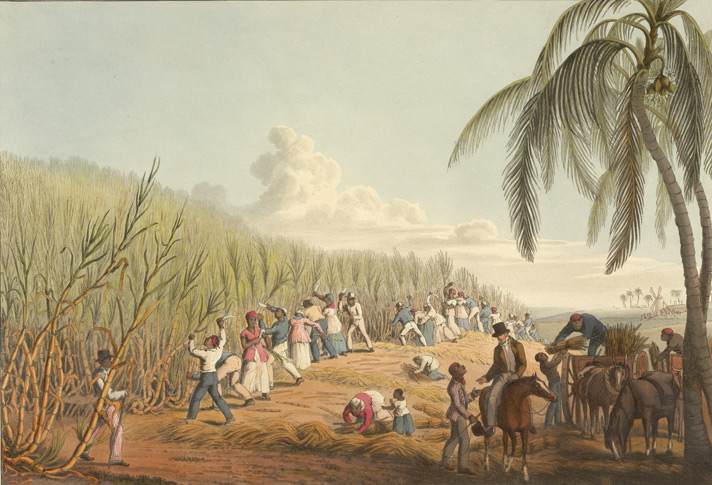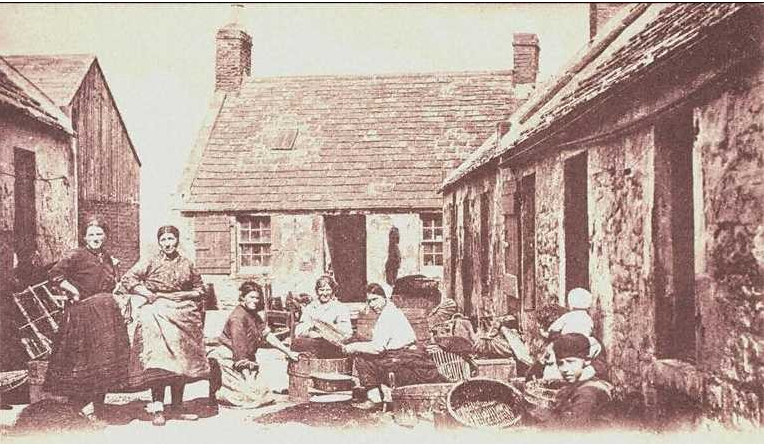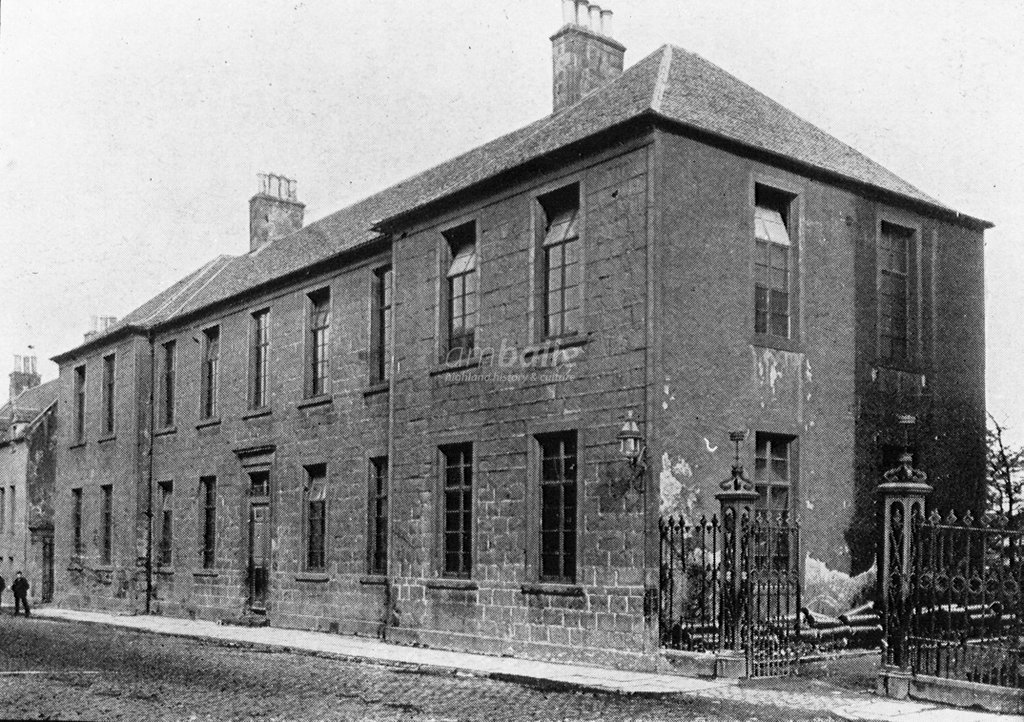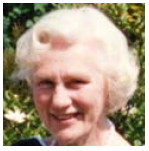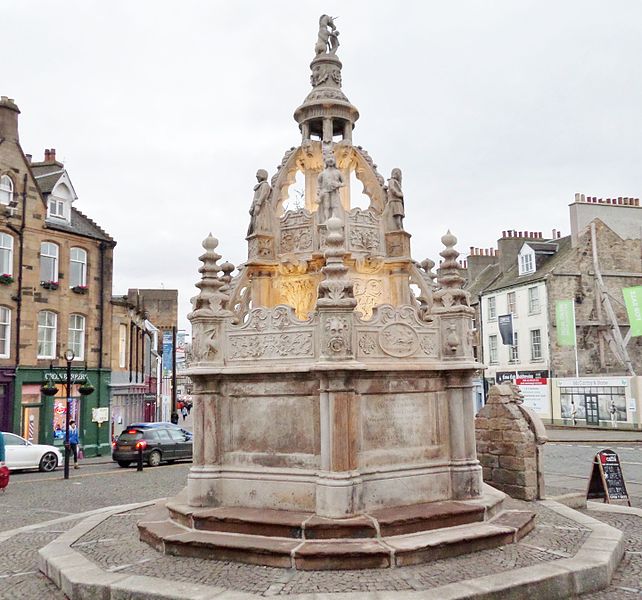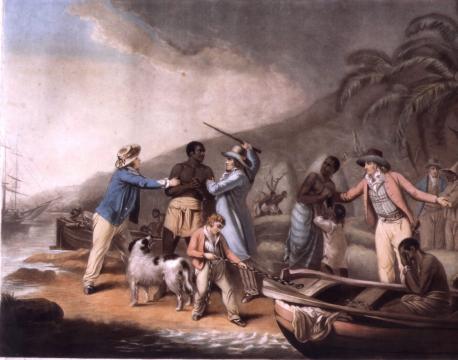
This weekend was the 69th anniversary of the pillar box bombing at the The Inch estate in Edinburgh. Possibly the most dramatic display of discontent around the Queen's royal cipher; but there's a *lot* more to the "Pillar Box War".
A (long) #OldWeirdScotland thread:
A (long) #OldWeirdScotland thread:
https://twitter.com/WeirdScotland/status/1492561119382323206
First some background: 70 years ago King George VI died and his daughter Elizabeth became queen regnant (the ruling monarch) of the United Kingdom. The Crown and Parliament decided that she would be crowned Queen Elizabeth the Second to distinguish her from Elizabeth Tudor... 



British monarchs get their name or likeness on all sorts of stuff while in power; things like bridges, docks, parks, post boxes, money, stamps, stationary, souvenir tat etc., and one method of representation is the Royal Cipher... 







It's really up to the monarch to decide what their special symbol looks like. George V just went with a vanilla "GR" in contrast to his dad's flowery swirly deal. Elizabeth went with "E II R"-- a simple design that would cause *so* much tumult...
📷@thepostalmuseum
📷@thepostalmuseum

Without getting bogged down in details, Elizabeth's decision to go by Elizabeth "2nd" rankled many Scots, as Elizabeth Tudor (the 1st) was the queen regnant of England. Scotland hadn't had a monarch named Elizabeth; thus she should be Elizabeth I of Scotland and II of England...
Scottish MPs brought the matter up in Parliament, asking why she couldn't just be "Elizabeth II and I"--it wouldn't really be disadvantageous for the Crown and would make many Scots happier...
Basically the government thought "Queen Elizabeth the 2nd of England and 1st of Scotland" was too much of a mouthful and (Winston Churchill) said "let's just pick the highest number from now on".
That satisfied no one and an (unsuccessful) legal challenge was brought against the Crown about whether Elizabeth was entitled to use "the Second" in Scotland en.wikipedia.org/wiki/MacCormic…
Anyway, in the run up to the coronation in June 1953 the UK was going daft for all things royal. A new monarch meant new coins! new stamps! new pillar boxes... 

Shop windows advertised their Queen Elizabeth II cakes, pies, chinaware, rugs etc. The "E II R" cipher was everywhere, and for many, it was a constant reminder of how Scotland wasn't being listened to or the Union respected... 



Now, the let's do the pillar box part of the "War". November 1952 was the 100th anniversary of the very first pillar box (pic) installed to receive post and so this month was chosen as the time for the unveiling of the new "E II R" ciphered boxes... 

London got theirs on the 17th (pic); Belfast on the 21st. Edinburgh was to get theirs on the 28th and the site chosen for it was in the brand-spanking-new housing estate, The Inch, in the southeast of the city, on the corner of Gilmerton Road and Walter Scott Avenue... 

There was a public unveiling ceremony of the pillar box attended by officials from the city and the Post Office. The press were there to take the obligatory "first letter posted in the new box" photo. Also in attendance were 5 police officers in plain clothes... 

The Postmaster and Bailie James Campbell (who pulled back the flag draped over the box) had both received letters (some menacing) asking them to not install the box with the "E II R" cipher. Everyone knew the new box would cause tension and the police were on standby...
Less than 36 hours after the box came into service the box was smeared in a thick black tar-like substance, concentrated on the cipher. Workmen from the Post Office came out *immediately* and cleaned the box off. 

Expecting more trouble a little hut was erected and a "watchman" sat guard. From 30 yds away, 67-year-old Patrick Flynn kept an eye out for any "lurkers or strangers" with evil designs on the box. Mr Flynn was clearly a crap sentry...
On 6th December a local newspaper got a tip-off that a bomb had been posted in the box. Detectives from Edinburgh CID found a small "homemade bomb" about the size of an egg. It was made of gelignite, fuse wire, and an unprimed charge, all shoved in an envelope... 

There was a message printed on the envelope.
The press described it as a failed attempt to blow the box up, but it was clearly just a warning.
"Mr. Stuart" here is James Stuart, Secretary of State for Scotland in Churchill's government...
The press described it as a failed attempt to blow the box up, but it was clearly just a warning.
"Mr. Stuart" here is James Stuart, Secretary of State for Scotland in Churchill's government...

Stuart had apparently been asked to take the matter of the "extra numeral" up with Churchill and the Postmaster General (Churchill cared very little what the Scots thought as we shall see later)...
The director of the Post Office in Scotland, Colonel J. Gardiner, appeared that he couldn't care less. In an interview with the Daily Record, he said:
"The whole thing is absolutely silly. It is so trivial that we are letting the matter take its own course"...
"The whole thing is absolutely silly. It is so trivial that we are letting the matter take its own course"...
Indeed many found the whole thing preposterous; "petty vandalism by addled Scottish nationalists".
Satire and jokes abounded in the press...
Satire and jokes abounded in the press...

On the 22nd December, the pillar box once again got a new paint job, this time with creamy-brown-coloured paint. This was the 3rd incident and the last of the year--the vandal(s) took the festive period off...
At 7am on the 2nd January, the postman opened the vomit-coloured pillar box to find an unexploded device and a few charred letters (the residents of The Inch didn't use the box anymore--they weren't daft)... 

CID's bomb squad (bespectacled, right) removed the device, made from a 9 inch stick of gelignite, snapped in two and wrapped in twine, with a 30 inch fuse. The fuse had kinked and so fizzled out. An officer said "it had enough gelignite to bring down a house"... 

When questioned, the nightwatchman for the housing estate, Patrick McCann (73) said he saw a man in "a tweed check coat and a shabby slouch hat" and another man act suspiciously and lighting matches by the box before getting on a bus a little after 7am...
Perhaps because of the now increased police presence, the pillar box remained unmolested (and unused by locals) for the rest of January, but come February the attacks on the pillar box got more gallus...
On 7th February, two bricklayers working on Gilmerton Road downed tools when they heard loud bangs like the report of a pistol. At the pillar box stood a (possibly elderly) man swinging something wrapped in burlap into it...
Disturbed by the bricklayers, the man dropped the sack and ran off into the estate. The royal cipher was dented, the front door broken off, and a foot-long crack ran up the box itself. Inside the sack was a 7lb sledgehammer...
Early on the following Monday, Inch residents once again heard clatters and bangs of hammers and chisels, but this time it was Post Office workmen attacking the pillar box's foundations and soon had it removed from the street. Had the addled nationalists won?...
Nope! It was merely being taken away for "emergency repairs". On the 12th, it was back, and better looking than ever having survived 5 attacks-- "EIIR" prominently outlined in gold... 

On the night of the 12th, the family who lived in the house nearest to the pillar box were sitting by their radio. The six pips that let listeners know it was 10 o'clock exactly started to sound. "Pip, pip, pip, pip, pip, BOOM"
The flash from the explosion dazzled them through drawn curtains. The pillar box was broken into five pieces with smaller bits of cast iron shrapnel being found 30 yards away from where it once stood. The door of the box was on the opposite side of Gilmerton Road. 

All that was left standing was a jagged ring of the cast iron base. The remains of the box went to CID headquarters in Edinburgh. An emergency midnight conference was held between bomb experts, CID, and the Post Office...
The official description put out by Edinburgh CID at 12:15am was for a young man, that was about 5 foot 9 inches tall, had black curly hair, wearing a long dark overcoat and that ran with a stooped or crouched gait.
An officer stood guard overnight where the box had been and squads of police watched the all early morning buses and trains leaving the city for anyone who fit the description.
Despite the police guard, by mid-afternoon on the day after the bombing, a lion rampant flag had been draped over the jagged remains of the pillar box. That too was taken away by the police as evidence... 

While the police searched for the bomber, the Post Office announced they would replace the box as soon as possible, stating "there is no reason for believing the new pillar box would not be of the "E.II.R" type"...
It was replaced on the 14th with one that bore no cipher at all with a "temporary postbox" notice attached to it. Residents of The Inch were adamant that they did not want a "EIIR" ciphered box. They eventually got a "GVIR" (George 6th) one... 

While the Post Office deliberated over what to do, unused "GVIR" stock was used for new and replacement boxes in Scotland. Kennoway in Fife were sorely disappointed when their new box on Seaton Terrace, installed 21st February, was not "one of the new ones"...
Let's leave the pillar box for now. Yes it was a violent act and luckily, nobody got hurt, but the stooshie over regnal numbers and ciphers wasn't even in full swing yet and pillar boxes only feature a few times more...
After the sensational reporting about the exploding pillar box, discourse about the cipher and the numerals really het up. The papers raved about the reign of terror waged by Nationalists and Homerulers on anyone who dare display "ER II", "EIIR", "ER2" or any combo thereof... 

In truth, Elizabeth's adoption of "II" had pissed people off across the board, nationalists and unionists, republicans and royalists, communists and fascists--all opined ad nauseum in letters sections of Scottish newspapers. The press both emboldened and vilified nationalists...
Shops either removed any coronation displays under pressure or went out of their way to add more ER2 products to their window dressings. Many got threatening letters claiming to be from the Scottish Republican Army (S.R.A)... 





Shop windows were being broken up and down Scotland for having ERII on display, or for selling ER1 "novelty" memorabilia. One poor fish shop owner in Dalkeith had someone scratch "ERII" on his windows one night and had someone else pan it in the night after... 



Throughout February and March 1953 anyone who was selling coronation memorabilia was "taking a side", whether they gave a toss about the issue or not. Windows were smashed for having a single ERII pencil for sale... 

After The Inch was relieved of its pillar box, only one "official" example of the "EIIR" cipher could be found in Scotland in March 1953--the Bellshill Labour Exchange, which opened in January. After several bomb threats to local newspapers, it was under almost constant guard...
I think I'll call it a night and leave here with a cliffhanger. Things get more heated from here and Churchill hasn't even said his piece yet. See you tomorrow. :)
• • •
Missing some Tweet in this thread? You can try to
force a refresh




